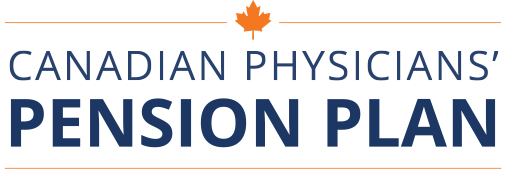
| USE OF CORPORATION | USE OF PENSION PLAN | |
| Retained earnings available | $300,000 | $300,000 |
| Annual Interest paid on bond (10%) | $30,000 | $30,000 |
| CCPC tax on interest earned | 50.17% ($15,051) | Nil (0.00% in pension plan) |
| Physician’s personal tax | 40% (average) | 40% (average) |
| Dividend from CCPC to physician | $14,949 ($30,000 interest minus $15,051 CCPC tax) | N/A |
| Pension paid to physician | N/A | $30,000 |
| Tax payable on pension | N/A | ($12,000) |
| Personal tax on dividend | ($5,979) | N/A |
| NERDTOH paid to CCPC after paying taxable dividends | $9,200 | N/A |
| Additional income CCPC could pay physician but taxed at 40% in hands of physician | $9,200 | N/A |
| Additional after tax income to physician (using 40% rate) | $5,520 | N/A |
| NET INCOME | $14,490 | $18,000 ($30,000 minus $12,000 personal tax) |
| Advantage | N/A | $3,510 |
In summary, the physician utilizing a pension solution is enjoying over 24% more income than the same physician utilizing the Medical Professional Corporation to save for retirement.
In reality, the math is even more skewed in favour of the pension plan because “Retained Earnings” of $300,000 presuppose the corporation already paid taxes on active business income.
Since contributions from pretax corporate income to a pension plan are done on a tax-sheltered basis, the $300,000 amount invested in the Pension Plan would be even higher ($341,685 to be exact if the CCPC is only taxed at 12.2% on its active business income). This means the interest generated to be paid as a pension would really be $34,168, not $30,000 in the above example. With a 40% average tax on the pension, the NET would be $20,501. The advantage would actually be $6,011, which is 41% better than via the Corporation.
If the CCPC’s corporate tax rate on active business exceeds 12.2%, the pension advantage would be even more significant because the total dollars generating investment income within the pension plans would exceed the $341,685 figure used above.
